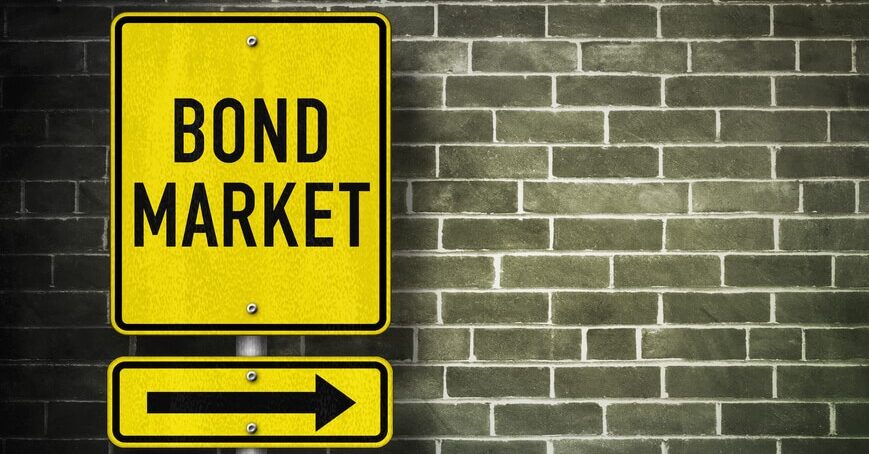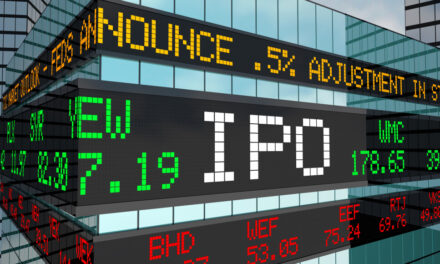February was a raging dumpster fire in the markets. The moment many investors have feared for months —when rising bond yields would disrupt the stock market — finally arrived.
This is a nightmare. Bonds are supposed to be your refuge from stocks. When stocks aren’t working, bonds are there to bail you out.
That’s not quite how things worked out last month. Rather than provide shelter from the storm, the bond market blew your house down.
It was terrifying for a lot of investors, particularly those in or near retirement. Bond yields have been in almost continuous decline since the beginning of Ronald Reagan’s presidency. Most people investing today haven’t experienced a bear market in bonds like that of the 1970s.
Is that what we have to look forward to?
I wouldn’t count on it.
Bond Yields Around the World
The 10-year U.S. Treasury note yields about 1.5% as I write this.
That isn’t impressive on the surface. In fact, it’s a terrible yield that is below the expected rate of inflation.
But it also happens to be about 10 times larger than Japan’s 10-year yield. Across the Pacific, the Japanese government can borrow for 10 years at a rate of just 0.15%.
I know, I know. Japan is different.
Except it’s not. In the United Kingdom, the 10-year yield is just 0.8%. That’s despite the wild uncertainty of the post-Brexit era.
Spain and Italy have even lower yields on their 10-year bonds at 0.4% and 0.7%, respectively. France and Germany both have negative yields on their 10-year bonds.
Among developed countries, only Australia has a higher 10-year yield than America … and by only 0.1%.
So, you tell me. Does it seem reasonable that U.S. yields continue to march inexorably higher when yields in the rest of the developed world are near or even below zero?
As unlikely as it might sound, U.S. yields are actually “high” relative to the rest of the world. And in a world in which capital sloshes across borders instantly, it’s not realistic for bond yields to stay high while they scrape along near zero virtually everywhere else.
There’s also the elephant in the room: The Federal Reserve. The Fed can’t allow rates to rip higher like this. It can’t risk destabilizing the financial system. Everything it’s done since 2008 has been in the name of stability. It isn’t going to jeopardize that. It will buy as many bonds as it needs to keep a lid on yields. It can literally buy every bond in existence if they want.
Where Bonds Will Go Next
So, don’t count on yields to rip higher. I’m not a precise market timer, and I can’t tell you the exact day that yields peak and start to ease again. For all I know, yields may be peaking as I write this. But mark my words, that day is coming soon.
This doesn’t necessarily mean you need to run out and buy bonds with both fists. Even if yields were to double from here, they still wouldn’t be all that attractive.
But if you’re worried about yields marching ever higher…
Don’t. It’s not going to happen.
If you’re in or near retirement, you should have a decent allocation to bonds. But you should also have exposure to other asset classes that often zig when stocks and bonds zag, such as gold or other commodities.
To safe profits,

Charles Sizemore is the editor of Green Zone Fortunes and specializes in income and retirement topics. Charles is a regular on The Bull & The Bear podcast. He is also a frequent guest on CNBC, Bloomberg and Fox Business.





